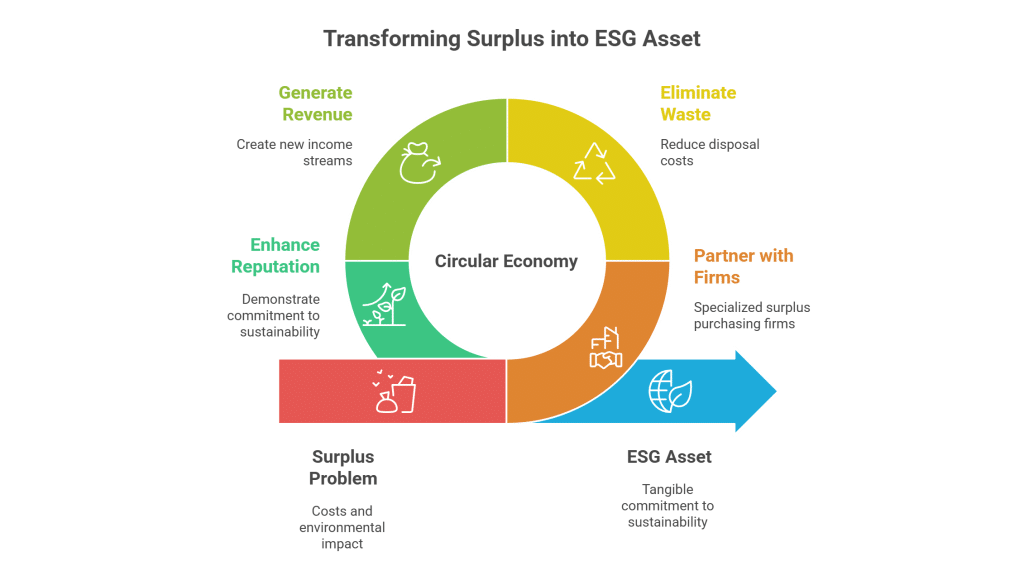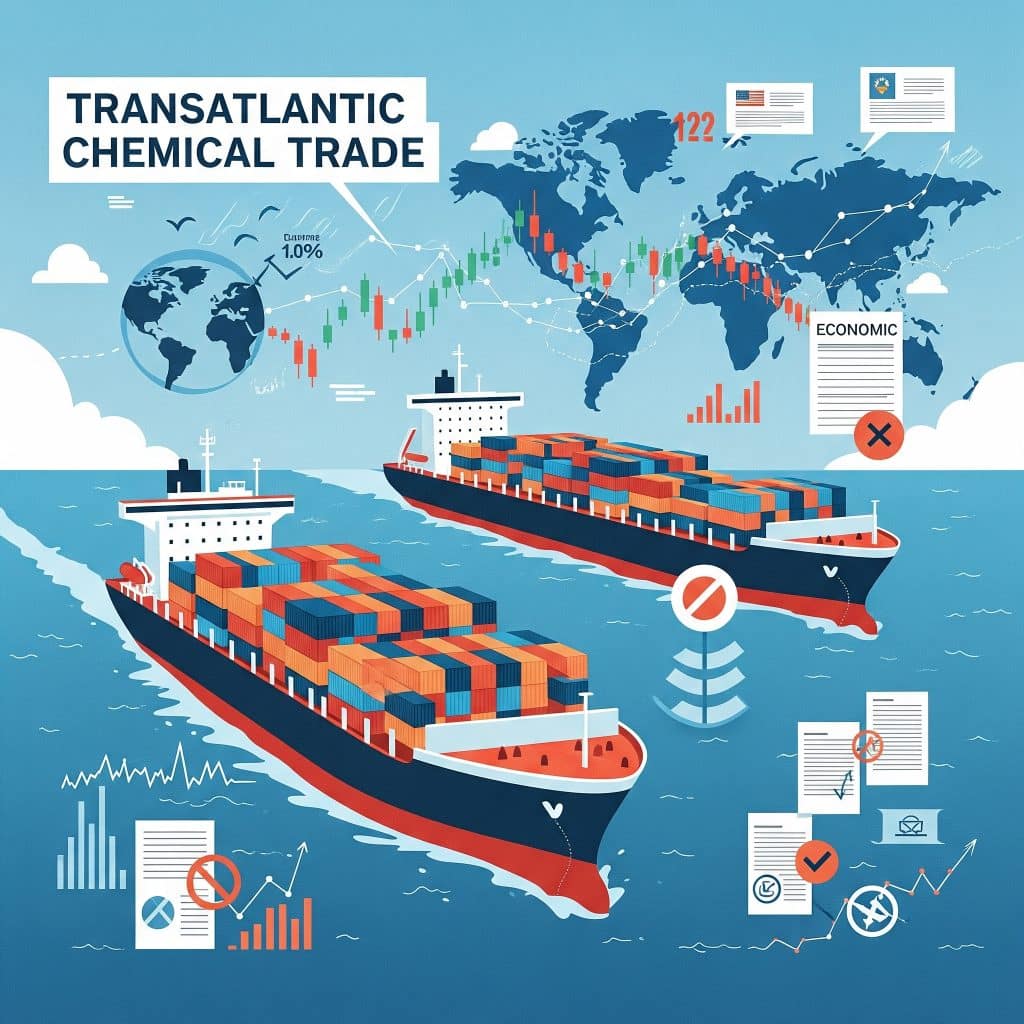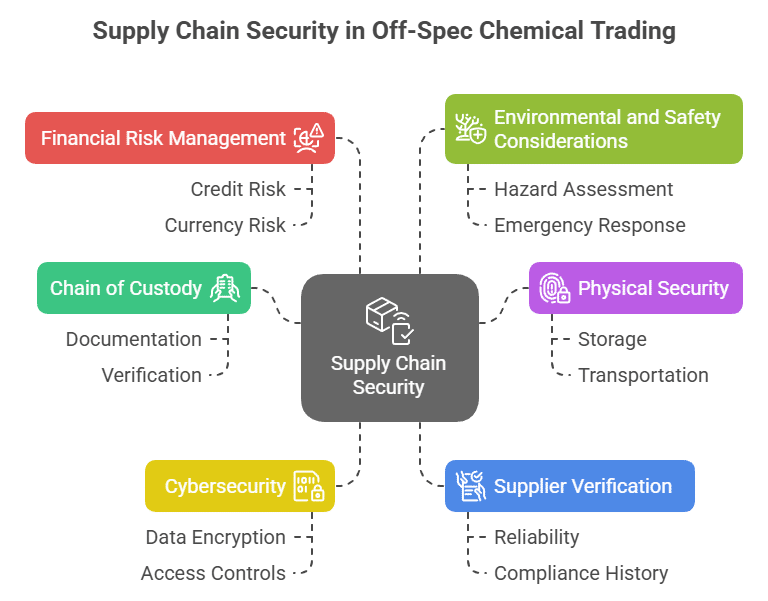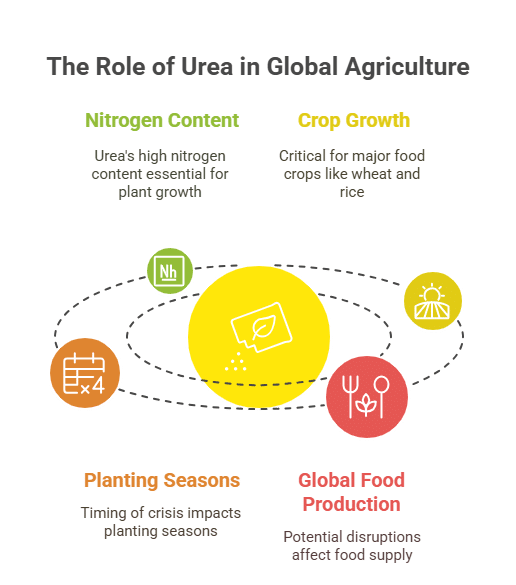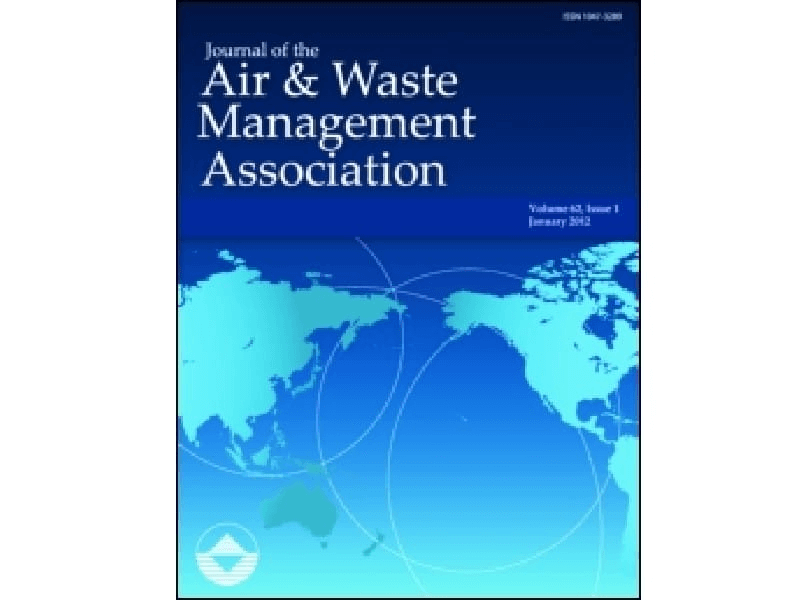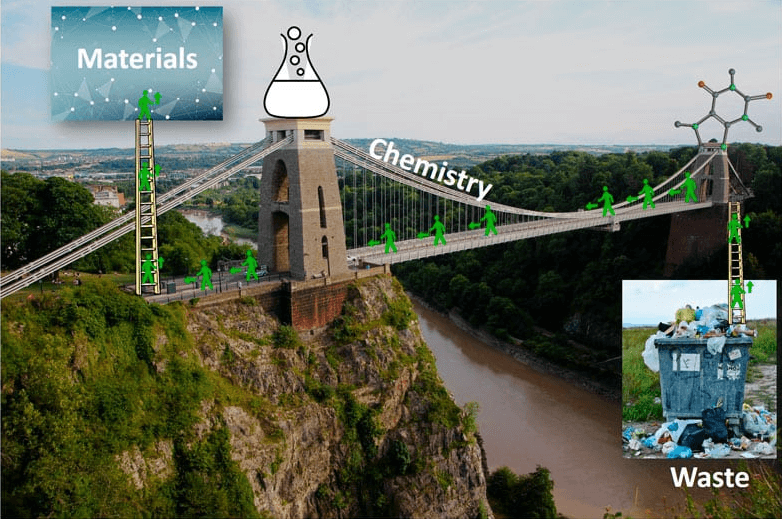Maximize Value with Surplus Adipic Acid in Industrial & Textiles
Adipic Acid is a commodity chemical widely known for its pivotal role in the production of nylon, polyurethane, and other materials vital to the industrial and textiles sectors. Often found as surplus inventory, this chemical can offer a lucrative opportunity when managed properly. Its precise formulation and chemical stability make it an essential component in both manufacturing and finishing processes.
Adipic Acid Surplus Trading in the Industrial & Textiles Sector
By buying or selling surplus Adipic Acid, companies not only recover lost costs and clear valuable storage space, but also contribute to sustainability efforts by reducing waste and limiting environmental impact. Trading excess inventory helps organizations avoid expensive disposal fees and regulatory penalties, turning potential waste into profitable revenue streams.
Adipic Acid in Industrial & Textiles
Buyers benefit from consistent quality at lower costs, ensuring uninterrupted production and innovation in textile applications. Acquiring surplus stock provides cost-effective sourcing without the need for long-term contracts or high upfront expenses.
Sellers can significantly reduce storage costs and avoid environmental disposal expenses by trading surplus Adipic Acid. Additionally, selling excess inventory improves cash flow and supports sustainability goals by contributing to the circular economy.
Table of Contents
Case Study: Turning Surplus Adipic Acid into Profit in Textiles
A leading textile manufacturer recently encountered an overstock of Adipic Acid due to a production scale-down. By leveraging surplus trading channels, the excess chemical was quickly sold to a partner firm specializing in chemical recycling. This maneuver not only helped the manufacturer free up crucial warehouse space but also generated much-needed revenue to reinvest in more sustainable production processes. The recycling partner was able to incorporate the Adipic Acid into new production lines for durable nylon, thus showcasing a win-win scenario that bolstered both economic and environmental outcomes in the sector.




